Anna Maria Lane: Pioneering Revolutionary, Inspirational Heroine, and Wife
Anna Maria Lane as imagined by Nations and Cannons
Freedom fighting could be a family affair, as evidenced by the service of Anna Maria Lane, who followed her husband into battle, musket in hand.
Very little about Anna Maria’s early life is known, though she may have been from New Hampshire, and was likely born in the early 1750s. She married John Lane before the start of the Revolutionary War.
The Lanes enlisted in Continental Army in 1776, where they first served under General Israel Putnam. During the war, it wasn’t uncommon for women to follow their husbands during their service. Sometimes called “camp followers”, these women often took on more traditionally domestic roles in the army camps, acting as cooks, laundresses, seamstresses, and nurses. These roles would have been challenging and courageous in their own right, but Anna was determined to take her service to the next level by donning men’s clothing and taking to the battlefield. Historians do not know how exactly she managed to keep her cover- whether she led a double life in the camp or if she passed herself off as a man full time. The Army was eager for recruits, and physicals were not standard for new soldiers, so it’s likely she was able to pass unnoticed from the beginning.
The Lanes participated in military campaigns in New York, New Jersey, Pennsylvania, and Georgia. Notably, Anna fought at the Battle of Germantown on October 3, 1777, where she suffered a leg injury that would leave her permanently disabled. She may have refused medical treatment for fear of being discovered. John was also injured while fighting in Georgia.
After the war, the Lanes settled in Virginia, where John worked first at the state arsenal before joining the public guard. Anna meanwhile worked as a nurse in a military hospital until around 1804. John was discharged from the public guard four years later, at which point the couple appealed for military pensions. Virginia Governor William H. Cabell wrote to the general assembly to request pensions for disabled veterans, and included Anna, noting that she was “also very infirm having been disabled by a severe wound which she received while fighting, as a common soldier, in one of our Revolutionary battles, from which she has never recovered.”
Her pension record states that “in the Revolutionary War, in the garb, and with the courage of a soldier, [she] performed extraordinary military services and received a severe wound at the Battle of Germantown.” For this, Anna was awarded £100 per year. Her husband was only given £40 per year. Anna Maria Lane died two years later, on July 13, 1810.
Sources:
https://edu.lva.virginia.gov/online_classroom/shaping_the_constitution/people/anna_maria_lane
https://emergingrevolutionarywar.org/2019/03/18/womens-history-month-the-story-of-anna-maria-lane/
https://www.womenhistoryblog.com/2011/07/anna-maria-lane-soldier.html


